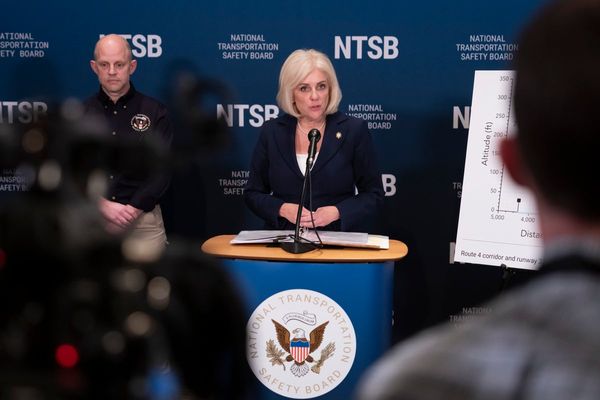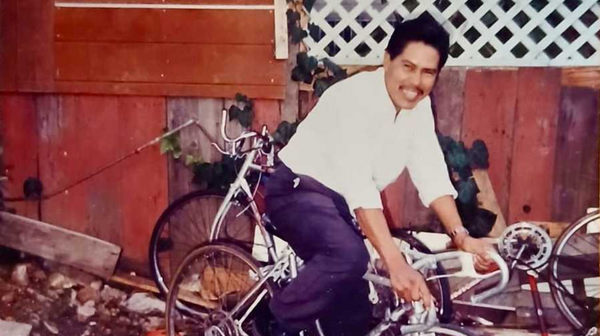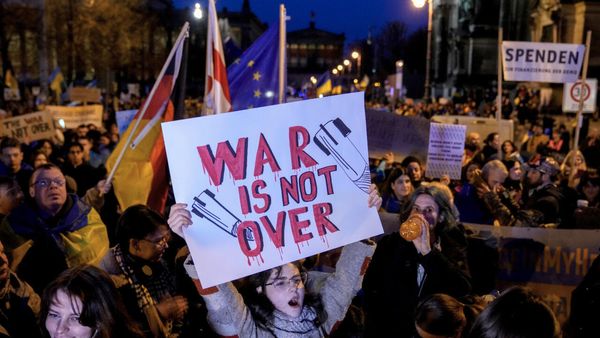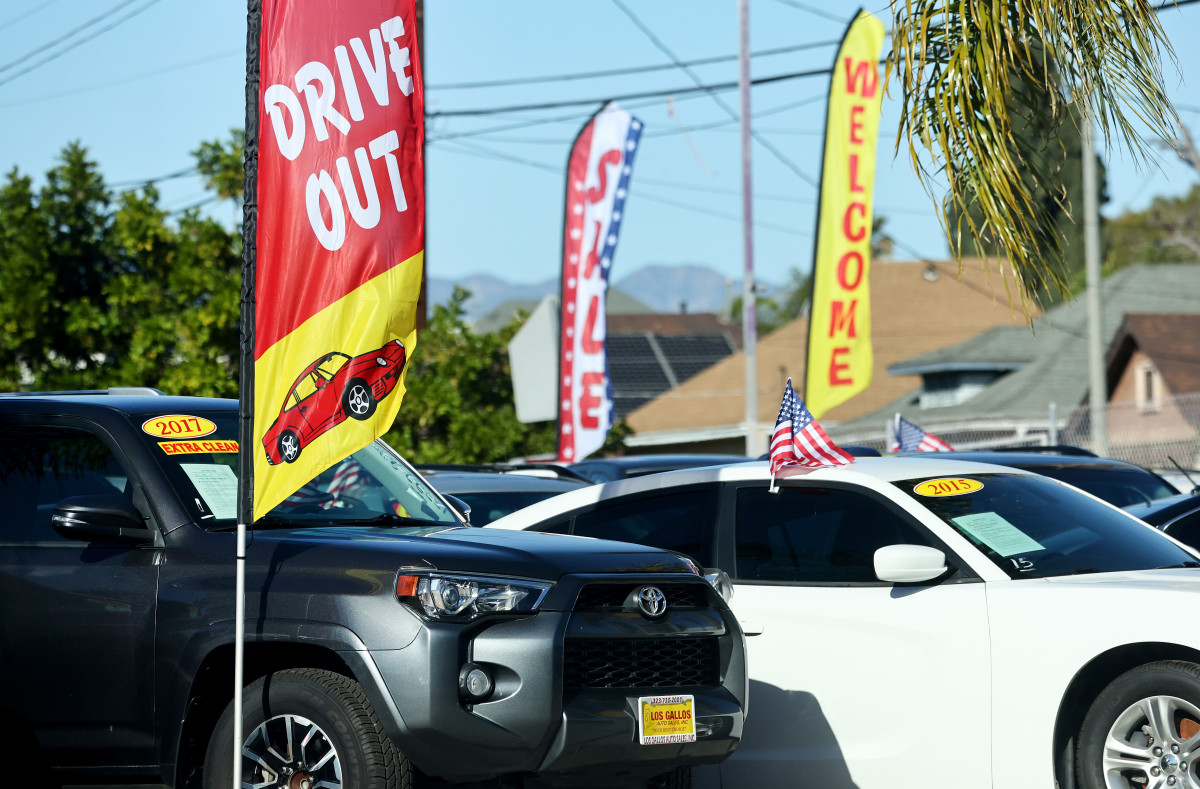
A childhood memory that I vividly remember having is looking through the little Auto Shopper magazines that are free in little boxes outside my local grocery stores.
I wasn't old enough to drive, but flipping through the pages with my dad allowed us to see various kinds of used cars in the full-color dealership ads.
Whether it was "cool" cars like BMWs, Mustangs, or a late-model, "like-new" example of a Honda Accord, the pages were stuffed full of shiny new metal to gawk over.
Back then, used car prices were low enough for buyers to secure something relatively new, but a new study shows that prices are reaching a contention point with buyers.
Related: Ford CEO will sell you a small EV, whether you like it or not
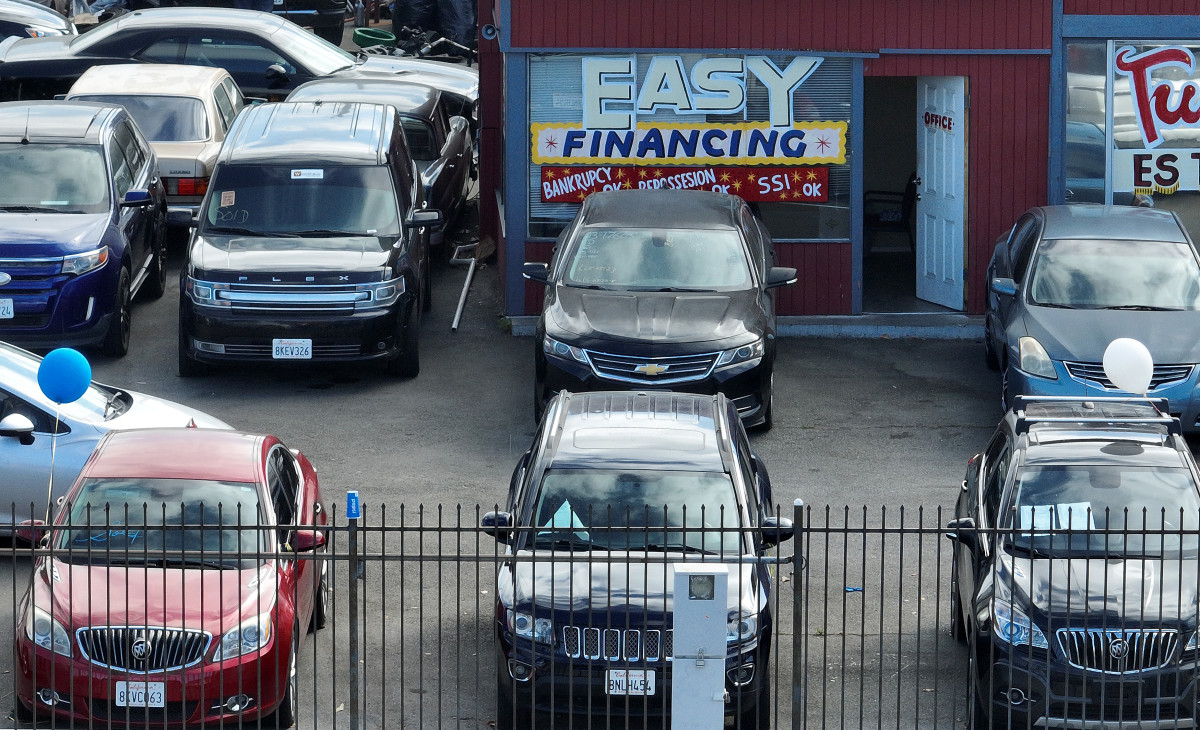
No more good deals?
With new car prices at an all-time high, many buyers flock to the classifieds and dealership pre-owned departments.
However, prices aren't faring much better than the ones on the other side of the showroom.
Data from a new study by iSeeCars shows that used cars — specifically cars that are ten years old and older have increased significantly over the past ten years.
In 2014, the average price of a ten-year-old car was $7,583. Today, a car of the same age can run an average of $12,194, an increase of over 60%.
Additionally, more people are buying older cars than ever, as 22.7% of buyers today are purchasing 10-year-old vehicles.
“Consumers seeking relief from high vehicle prices are turning to older cars,” said iSeeCars executive analyst Karl Brauer.
“But even going back a decade or more isn’t shielding buyers from the massive used car price hikes in recent years, with the average older car now costing more than $12,000.”
More Automotive:
- Hyundai pressured dealers to play dirty sales trick, lawsuit alleges
- Ford CEO sends a stern warning for American car buyers
- Analysts have a bleak outlook for car dealers after CDK cyberattack
The data from iSeeCars shows that the upward price trend started in the wake of the COVID-19 pandemic, where production stoppages of vital components caused shortages of new cars on dealer lots.
At the start of 2020, the market share of 10-year-old used cars was just 15.1%, and they sold for an average price of just $9,135. Two years later, the percentage jumped to 19.2%, and prices inflated to $12,549.
“The trend in vehicle prices represents an inescapable tidal wave,” Brauer said.
“When you have new and lightly used car prices spiking, as they have over the past four years, there’s no stopping the wave’s impact on older cars, even for cars produced more than a decade ago.”
Related: Car repos spike as desperate Americans struggle to make payments
A dismal reflection
The rise in used car prices comes at a time when Americans are having to make some critical spending decisions.
To avoid paying the exorbitant prices of new and used cars, many will opt to keep their old cars running, which sets a new precedent.
According to data from S&P Global Mobility, the age of the average car, pickup truck and SUV in the U.S. has increased to 12.6 years — rising by two months since last year's record-breaking statistic.
But for those who do have to buy another car, many are suckered into predatory, high-interest loans. According to Edmunds, the average interest rate for used cars is a staggering 11.5%, which translates into monthly payments of $552.
As a result, auto repossession rates are reaching an all-time high. According to Cox Automotive, car repossessions have increased 23% compared to the same period in 2023, as more auto buyers defaulted on loans taken out on their car purchases.
“When you think about the costs for rent and shelter and insurance, all those things hit consumers and they have to choose what they will pay,” Jeremy Robb, senior director of economic and industry insights at Cox, told Bloomberg. “More people are getting behind on payments because everything is more expensive.”
Related: Veteran fund manager picks favorite stocks for 2024
